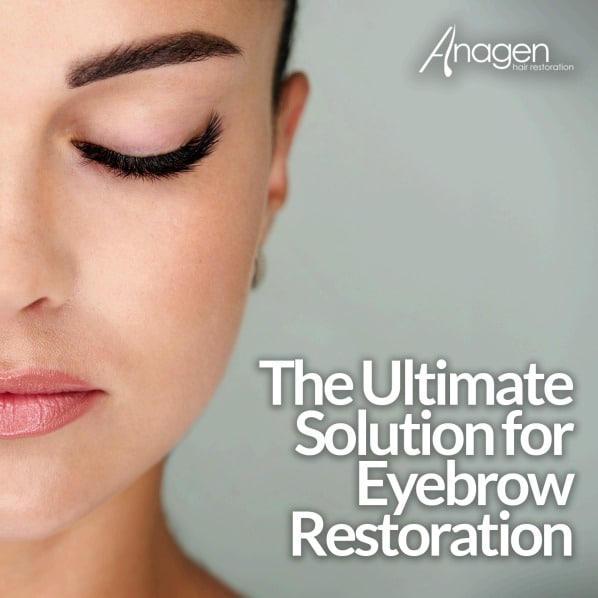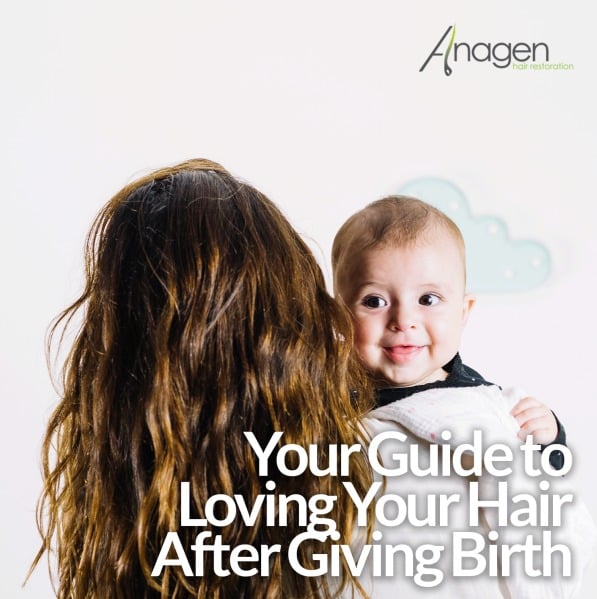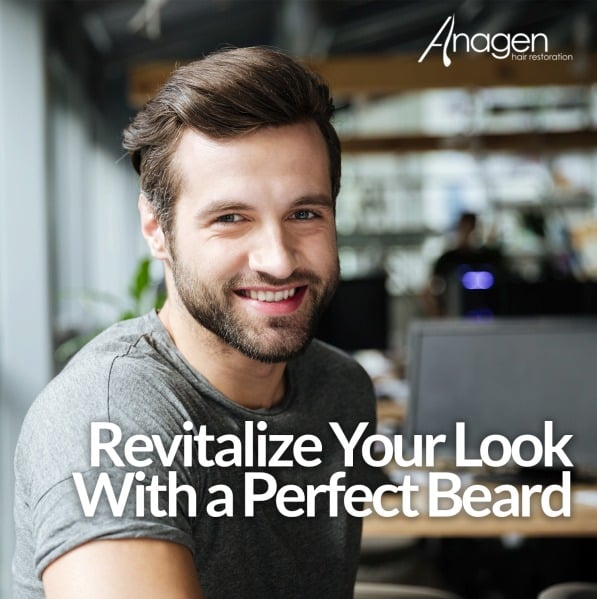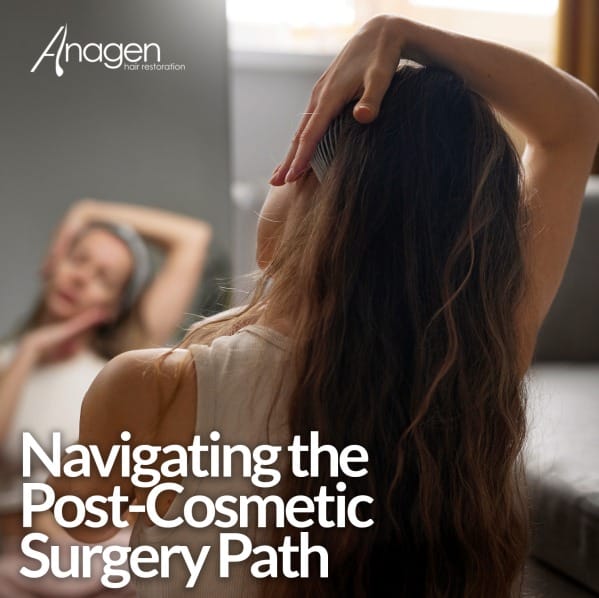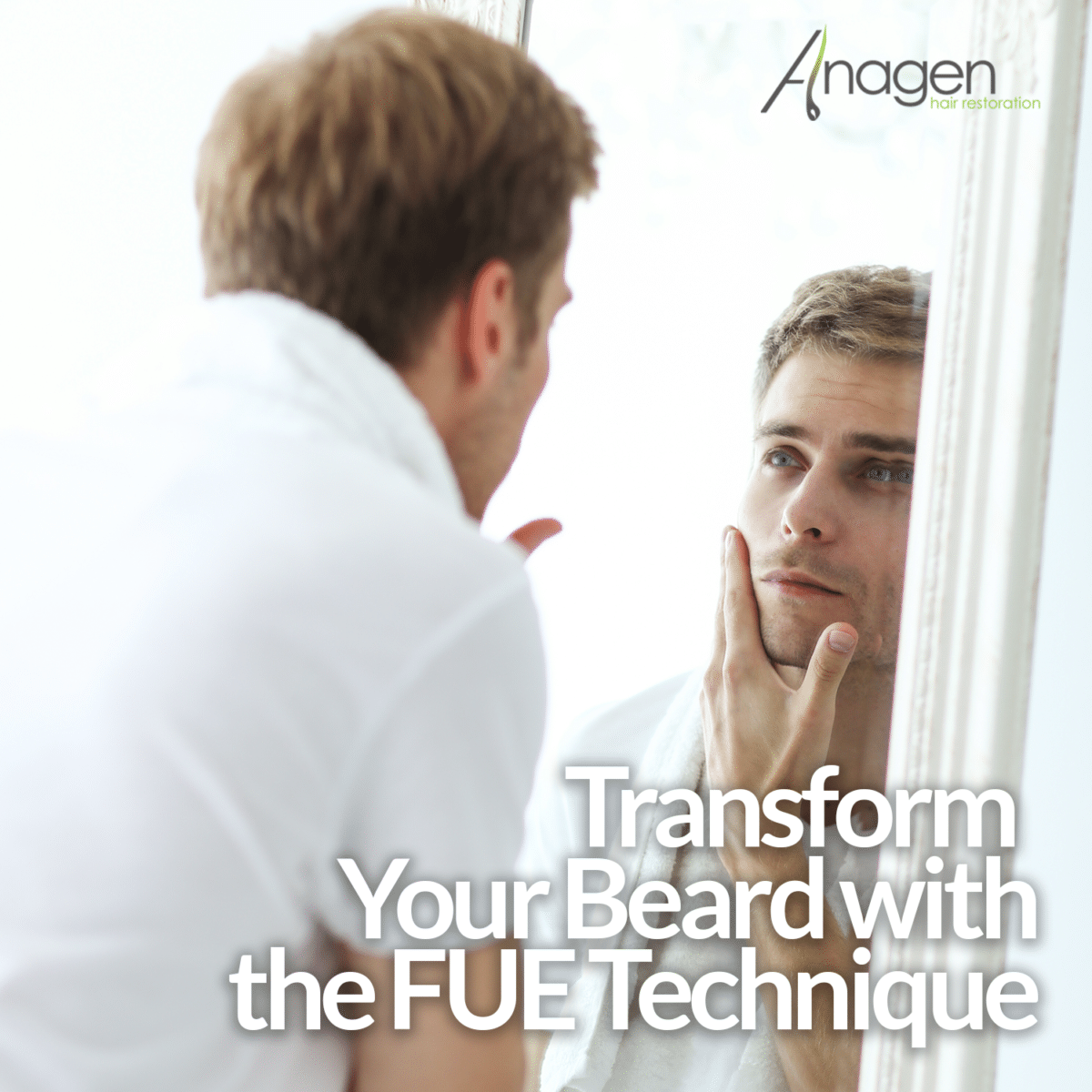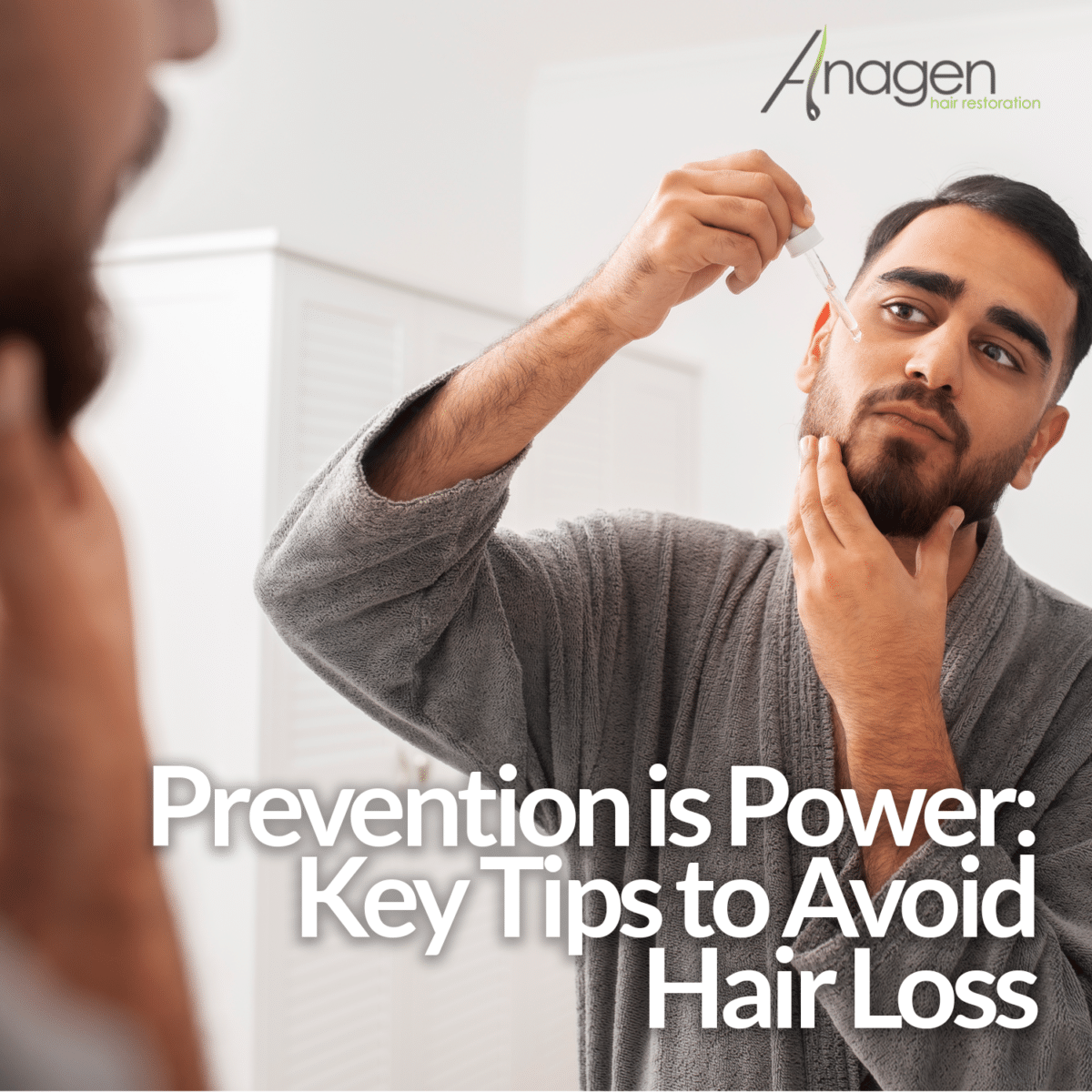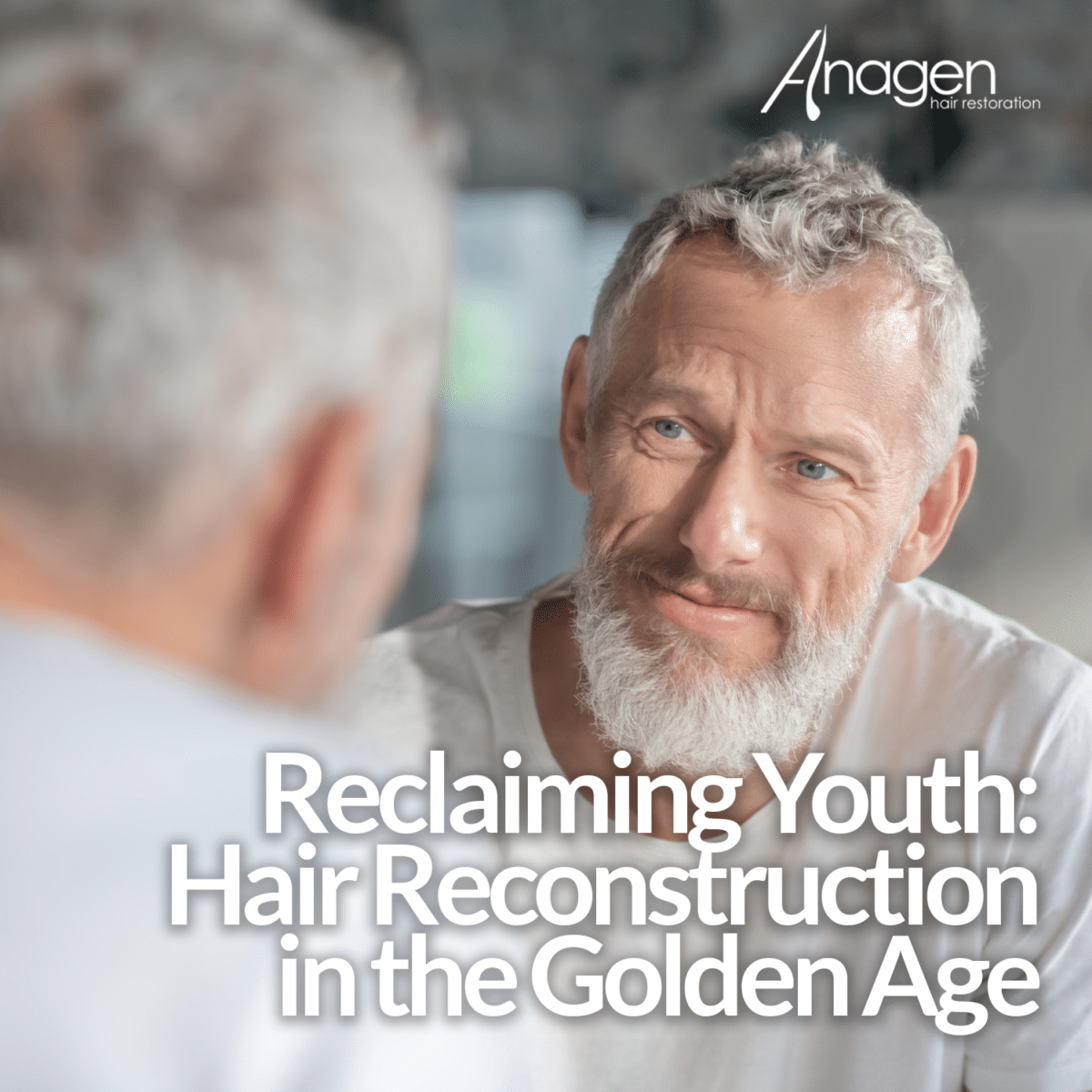Hair loss can be a distressing condition, affecting millions of individuals worldwide. While surgical procedures like hair transplants are popular solutions, not everyone is ready or suitable for surgery. Fortunately, advancements in dermatology have
introduced a variety of non-surgical hair loss treatments that can help manage thinning hair and stimulate regrowth.
This guide explores some of the most effective non-surgical options, including Rogaine, Minoxidil, Propecia, and Platelet-Rich Plasma (PRP) therapies.
Minoxidil (Rogaine)
Minoxidil, commonly known by its brand name Rogaine, is one of the most accessible non-surgical treatments for hair loss. Available over-the-counter in liquid or foam formulations, Minoxidil can be used by both men and women. It works by enlarging hair follicles and prolonging the growth phase of hair, which results in
thicker, longer hair strands over time. Regular application directly to the scalp twice daily is essential for seeing improvement, with results typically noticeable within several months.
Finasteride (Propecia)
Finasteride, sold under the brand name Propecia among others, is a prescription medication used primarily for male pattern baldness. It inhibits the body’s ability to convert testosterone into dihydrotestosterone (DHT), a hormone linked to hair loss.
Finasteride is highly effective in slowing hair loss and promoting regrowth in many men but is only suitable for male use due to potential side effects in women, particularly those of childbearing age.
Platelet-Rich Plasma (PRP) Therapy
PRP therapy has gained attention for its potential to naturally stimulate hair growth. This treatment involves drawing a patient’s blood, processing it to concentrate the platelets, and then re-injecting the platelet-rich plasma back into the scalp. Platelets are known for their healing properties and their ability to release growth factors that accelerate tissue recovery and promote hair growth. PRP is particularly favored for its natural approach and is suitable for both men and women. Multiple sessions spaced a few weeks apart are often necessary to achieve optimal results.
Lifestyle and Holistic Approaches
In addition to these treatments, addressing underlying issues such as diet, stress, and general health can also significantly impact hair health. Ensuring a balanced diet rich in vitamins and minerals, managing stress through mindfulness or yoga, and avoiding harsh chemical treatments or hairstyles can all contribute to healthier hair
and scalp.
Selecting the Right Treatment
Choosing the right non-surgical hair loss treatment depends on several factors, including the cause of hair loss, its severity, patient age, and medical history.
Consulting with a hair loss specialist who can assess your individual condition and recommend a personalized treatment plan is crucial.
For those considering non-surgical options, it’s important to set realistic expectations and be patient, as these treatments generally require consistent application or follow-up sessions to see significant improvements.
Get Started Today
If you’re experiencing hair loss and are looking for non-surgical solutions, contact Anagen Hair Restoration today at 📞 +1 301-591-6552. Our experts will guide you through the available options and help you choose the best treatment plan tailored to your needs. Follow us at @anagenhairrestoration on social media to stay updated on the latest in hair care and restoration. Let us help you regain not just your hair, but your confidence too.





